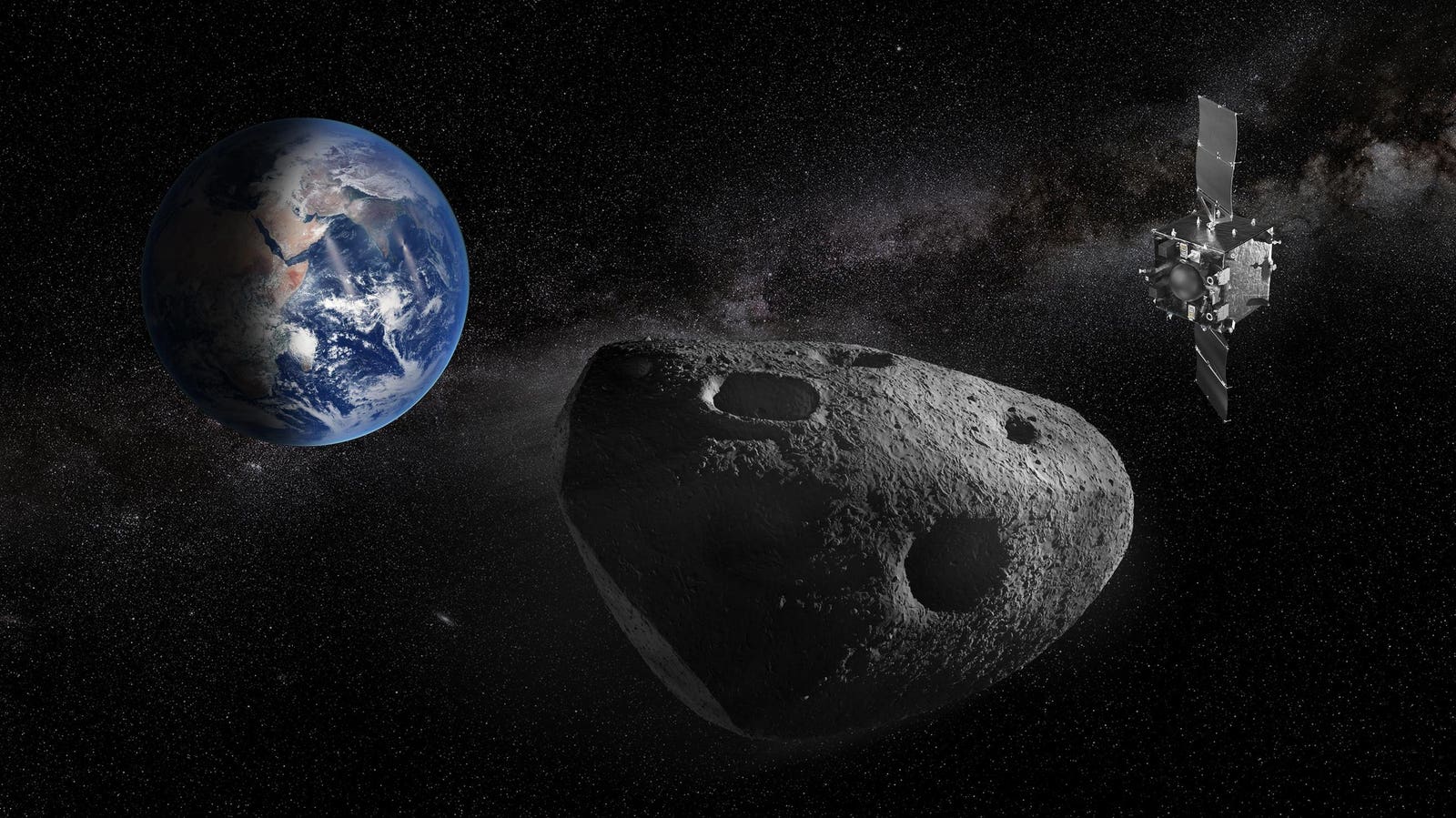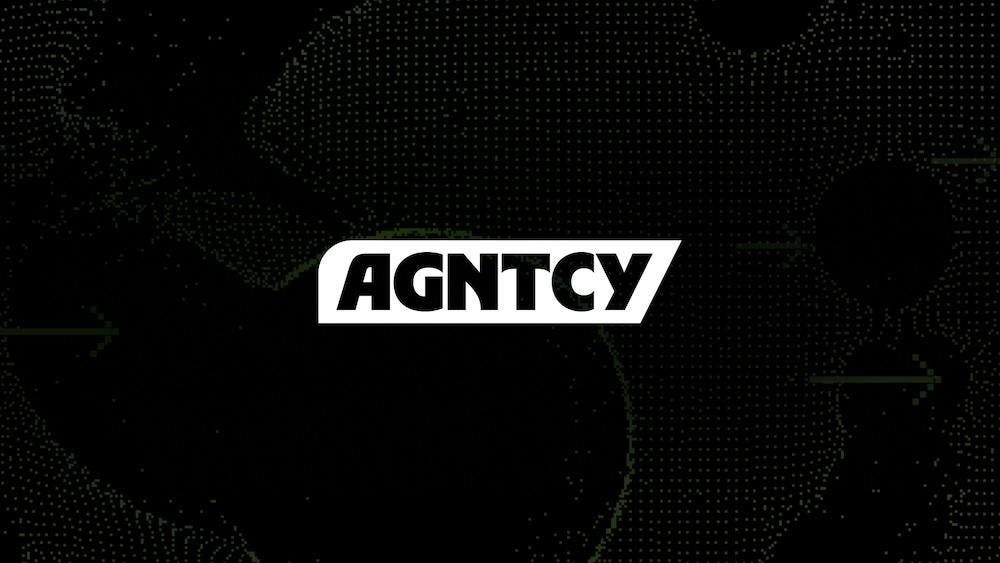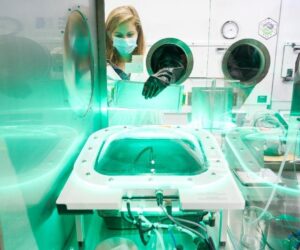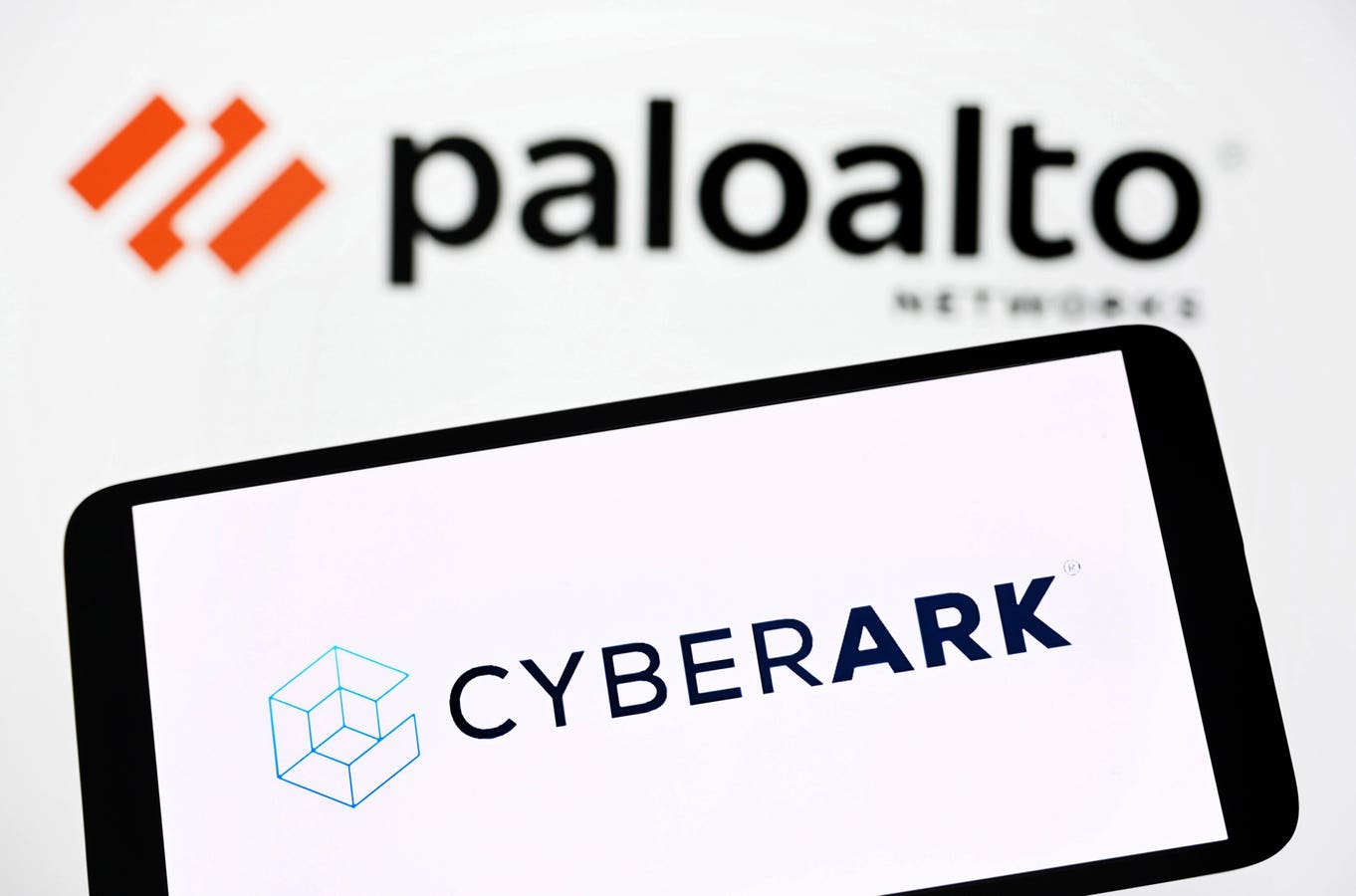FRANKFURT AM MAIN, GERMANY – MARCH 18. Photo by Thomas Lohnes/Getty Images.
Love may be timeless, but the ways we fall into it (or swipe right for it) are anything but. As artificial intelligence redefines human interactions, one question persists with scientific urgency and cultural weight: What happens to the brain’s romantic blueprint when intimacy is filtered through screens, swipes and simulations?
Enter: Algorithmic romance or the experience of not only choosing our partners differently but neurochemically responding to them in ways shaped by technological mediation. Whether you’re bonding through a dating app, flirting via avatars, or maintaining emotional intimacy with an AI companion, your brain is unquestionably adapting. And the latest neuroscience helps us understand precisely how.
Dopamine And The Addictive Allure Of The Algorithm
Romantic love activates some of the most ancient reward circuitry in the brain, especially the mesolimbic dopamine system. In both early and long-term relationships, dopamine release in the ventral tegmental area (VTA) and nucleus accumbens stimulates pleasure, motivation and focused attention toward a romantic partner. But this same reward system also overlaps with addiction pathways, offering insight into why we often crave love as intensely as a drug.
Digital platforms like dating apps or AI-enhanced matchmaking tools are now replicating the anticipation and novelty central to dopamine-driven behaviors. The “intermittent reward” model, used by platforms to encourage user engagement, mimics the unpredictability of romantic reward, triggering compulsive checking, swiping, seeking, and beyond.
In neurobiological terms, however, algorithms have learned to manipulate the brain’s dopaminergic system by amplifying its responsiveness to cues of reward and attention, even before love begins.
Naturally, this raises a necessary question for both users and designers: If love is already a neurochemical feedback loop, what happens when the loop is artificially optimized?
Oxytocin And The Rise Of Simulated Bonding
Known as the “bonding hormone,” oxytocin is crucial to emotional closeness, trust and long-term attachment. Released during physical touch, eye contact and emotional disclosure, oxytocin builds the foundation of what makes love feel secure and safe. It is also instrumental in differentiating romantic bonds from platonic ones, working in tandem with vasopressin and dopamine to create lasting pair bonds.
In digital or AI-mediated relationships, though, these oxytocin-releasing triggers may be absent or artificially simulated. Chatbots designed to offer empathy or erotic roleplay, such as Replika, attempt to mimic emotional responsiveness. Yet, studies have shown that while some users report genuine emotional connection and stress relief, the neurochemical mechanisms behind these reactions remain poorly understood and under-researched.
The risk? When real oxytocin-inducing experiences are substituted with digital surrogates, our internal bonding systems may engage in misleading ways, reinforcing emotional dependency on artificial agents that cannot reciprocate or evolve biologically.
Cortisol, Stress And The Paradox Of Online Connection
Early-stage love is both majestic and stressful. Elevated cortisol levels during romantic infatuation have been documented across multiple studies, suggesting that love initially activates the body’s stress response, particularly the hypothalamic-pituitary-adrenal (HPA) axis. This “love-induced hypercortisolemia” primes the body for social risk-taking, enhancing alertness, memory formation and emotional sensitivity, to name a few.
Within a digital context, this stress-reward balance becomes skewed. Ghosting, infinite choice, algorithmic rejection and performance pressure can prolong cortisol spikes without the neurochemical resolution that physical proximity or mutual presence offers. What should be a bonding experience instead can become a feedback loop of stress without release and love without anchoring.
Ironically, then, the platforms designed to help us connect may be triggering the very hormonal mechanisms that undermine lasting emotional intimacy.
A Note On Attachment
From prairie voles to humans, one biological goal of love has remained invariant: stable pair bonding for mutual care and survival. The same oxytocin and vasopressin systems responsible for long-term romantic bonding in monogamous species are also activated in human relationships, with observable effects on neural regions like the anterior cingulate cortex, ventral pallidum and insula.
But what happens when digital avatars or non-human partners trigger these systems? Emerging research suggests that emotionally responsive AI can provoke attachment behaviors similar to those observed in human-human interactions. Nevertheless, when taken with a grain of salt, the stability and biochemistry of these bonds are still speculative. Without the hormonal feedback of touch, scent or bi-directional emotional co-regulation, these connections may produce the illusion of intimacy without the neurobiological reinforcement required for sustainable, embodied attachment.
This mismatch could explain why some AI companionships intensify feelings of loneliness or heartache over time: the body is asking for the physiological correlates of love and receiving none.
Recalibrating Romance & The Future Of Human Connection
Understanding the neurobiology of love isn’t about stripping it of its mystery but about reclaiming self-agency. In other words, when desire is increasingly automated, knowing how love shows up in the brain gives us a blueprint for designing ethical, human-centered technologies that support real, optimal emotional health.
That means, for instance, creating platforms that respect attention rather than hijack it, encouraging behaviors that support oxytocin release in real life, not just in code and integrating safeguards to protect vulnerable users from the psychological risks of emotionally deceptive tools.
Romantic love, as neuroscience affirms, is not just an emotion. It is a motivation system grounded in hormonal feedback, evolutionary design and cognitive vulnerability. If our digital tools are shaping this system, then it might be worth asking: Are they amplifying love or engineering it in the opposite direction?
Algorithms May Influence Us, But Love Still Lives In The Body
Desire isn’t digital. Even as algorithms learn to simulate intimacy, mirror our preferences, and replicate emotional harmony, the biological infrastructure of love remains profoundly human. Dopamine, oxytocin and cortisol don’t respond to data; they react to presence, touch, voice and trust built over time.
These neurochemical loops evolved not for seamless UX experiences but for survival, connection and embodied care. The nervous system remembers what authenticity feels like. And while AI may shape how we initiate relationships, it cannot substitute for the rituals (physical, emotional, sexual, hormonal) that anchor real love in the body.
The future of intimacy will be technologically informed and shaped, yes, but it will also and hopefully remain biologically authentic. The most meaningful connections will hardly be algorithmically perfected but felt, co-regulated and lived in skin, in memory and the splendid rhythm of the human heart.








